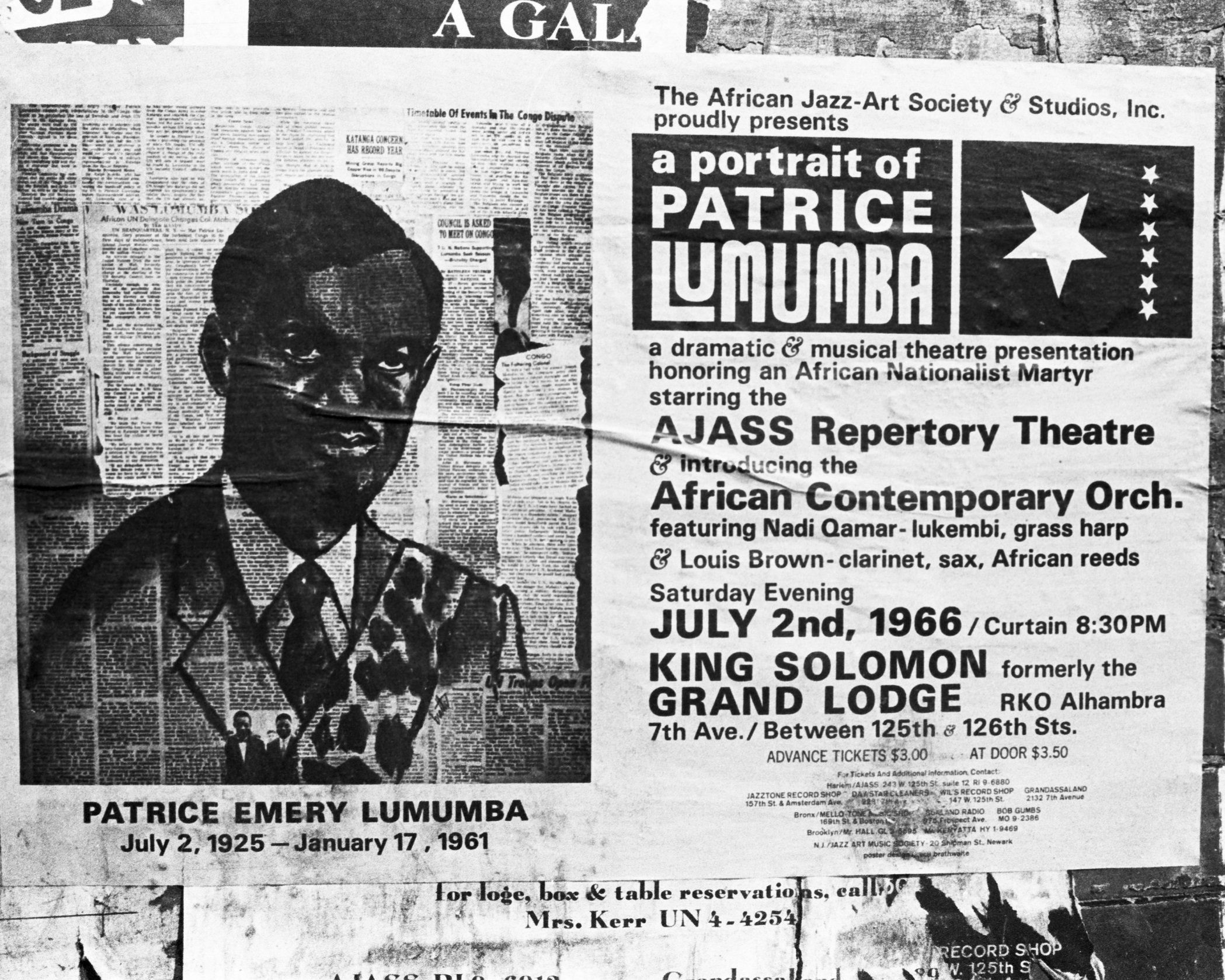
Introduction: Transnational Solidarity
Introduction by Teaching for Change
The Civil Rights Movement in the United States was connected to the international struggle against colonialism. Such well-known African American historians as W. E. B. Du Bois and Carter G. Woodson had long linked U.S. racism and segregation to the colonial system in Africa and other parts of the world.

Introduction: Black Power
Introduction by Teaching for Change
If the nonviolence of the Southern Freedom/Civil Rights Movement frightened mainstream people in the United States, the Black Power movement confronted institutional racism with a youthful boldness and fearlessness unseen since enslaved Africans took up arms in the Civil War. In this section, important “founding documents” of the Black Power movement are examined. In addition, the section explores the impact of Black Power on other oppressed peoples in the United States.

Digital Collections
Resource by Teaching for Change
A list of digital collections with content about the Civil Rights Movement.

Books About the Civil Rights Movement
Resource by Teaching for Change
Booklists about the Civil Rights Movement by age range and topic.
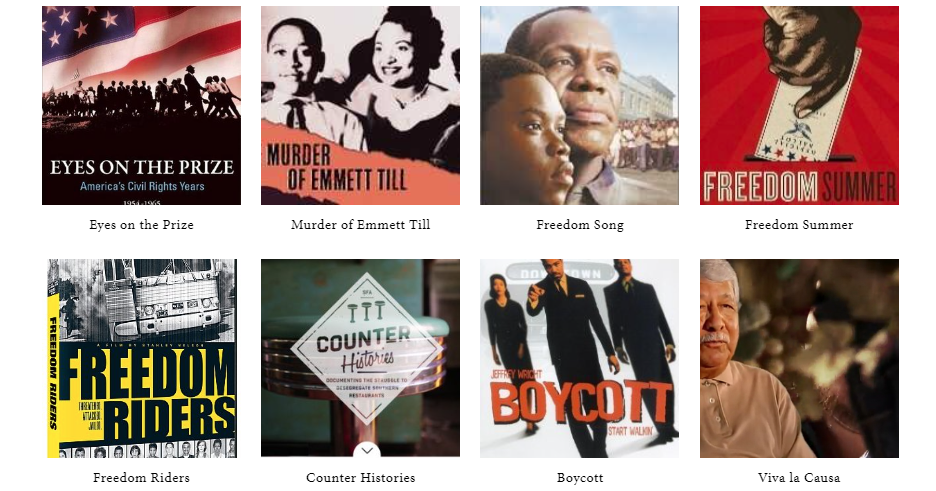
Films About the Civil Rights Movement
Resource by the Zinn Education Project
A selection of films about the Civil Rights Movement.
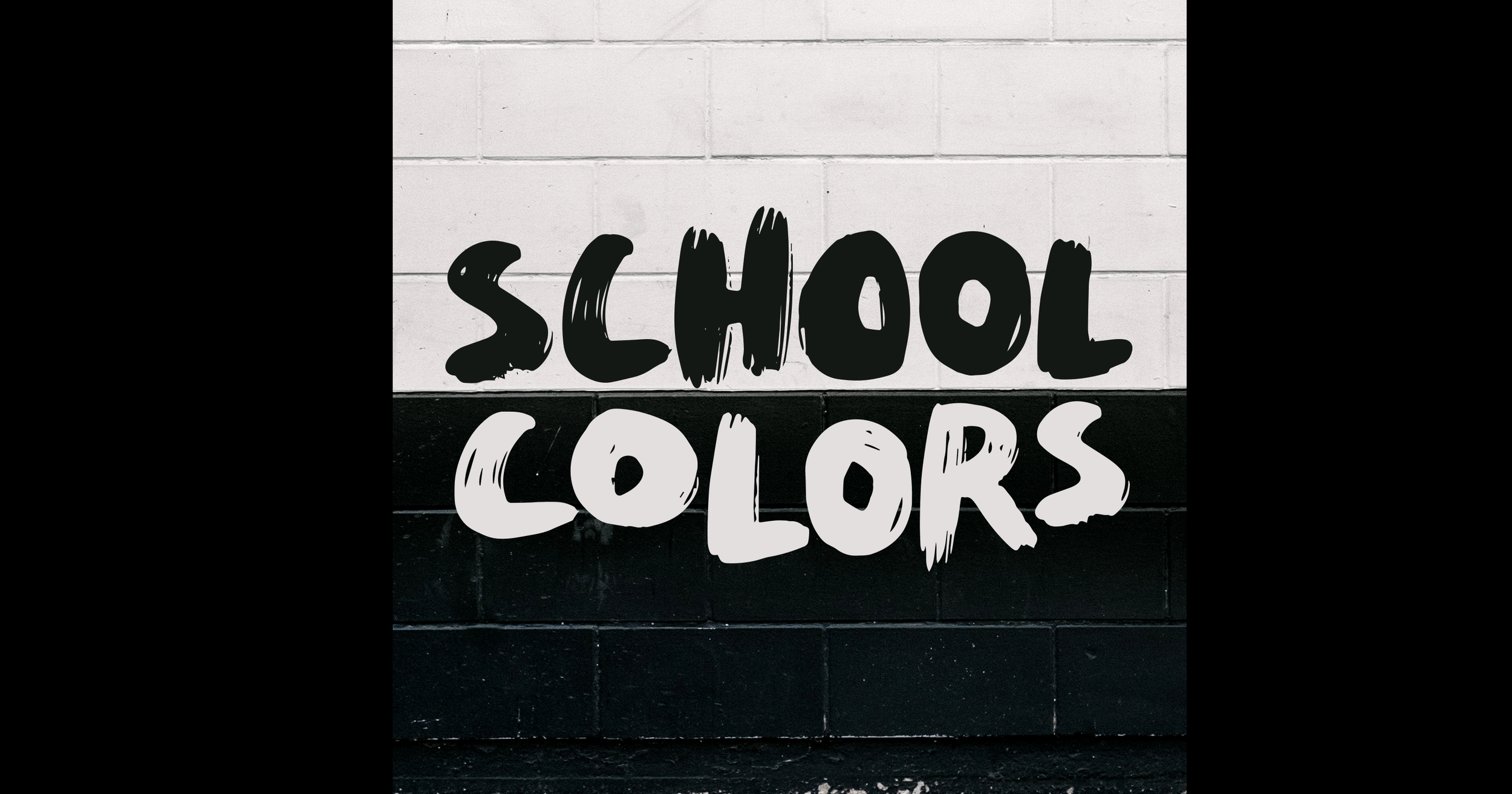
School Colors
Podacast by Mark Winston Griffith and Max Freedman
Season one of the School Colors podcast covers the history of Ocean Hill-Brownsville in Brooklyn where Black and Puerto Rican parents tried to exercise power over their schools and they collided head first with the teachers’ union — leading to the longest teachers’ strike in U.S. history in 1968.
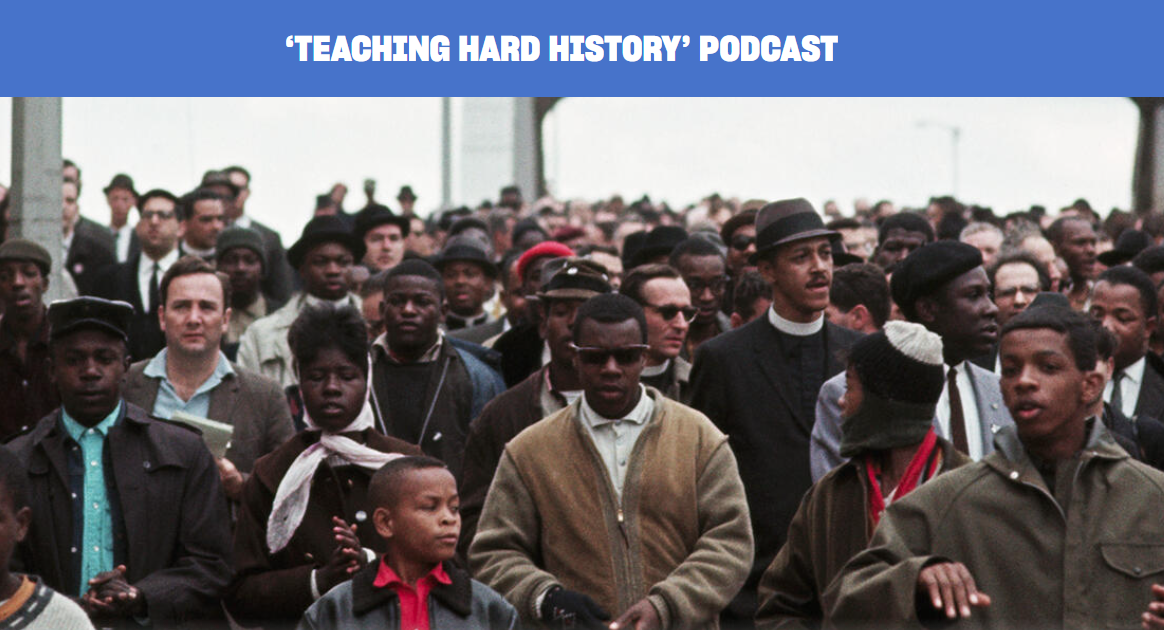
Teaching Hard History
Podcast by Hasan Jeffries
Season 3 of the Learning for Justice Hard History podcast focuses on the Civil Rights Movement.
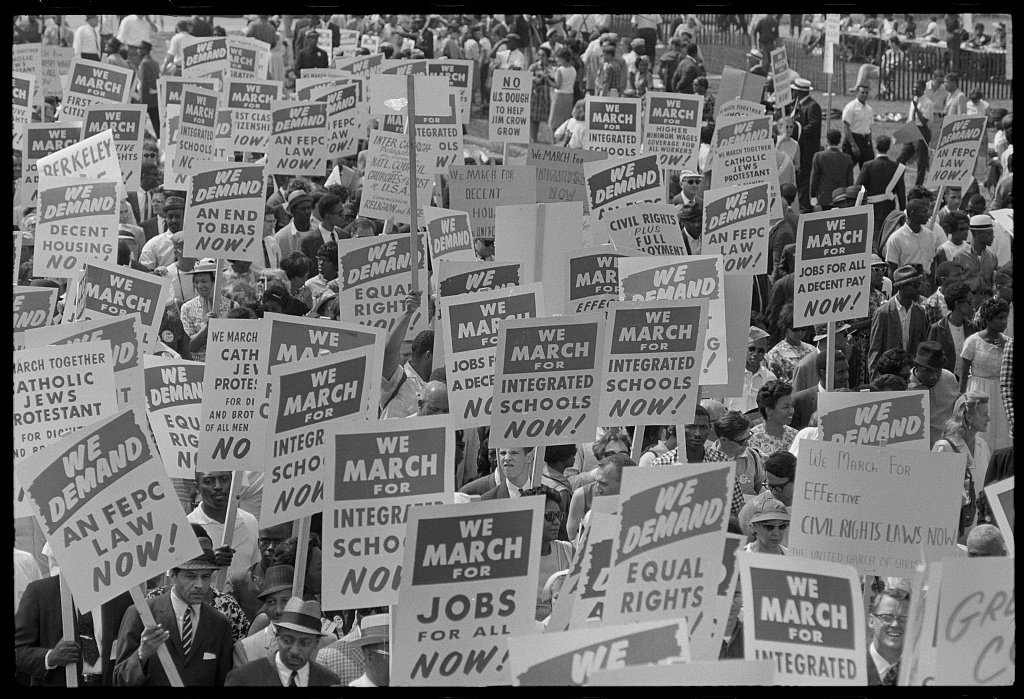
March on Washington Hidden History Quiz
Quiz by Teaching for Change
When most people think of the 1963 March on Washington for Jobs and Freedom, what comes to mind is Dr. Martin Luther King Jr.’s iconic statement, “I Have a Dream.” In truth, there was much more to this historic event than these four words in King’s speech. Teaching for Change designed this quiz about the 1963 March on Washington for Jobs and Freedom to challenge assumptions, deepen understanding, and inspire further learning.

Murder of Reverend George W. Lee
Reading by Zinn Education Project
Rev. George Washington Lee, one of the first African Americans registered to vote in Humphreys County, Mississippi since Reconstruction, used his pulpit and his printing press to urge others to vote. He was murdered on May 7, 1955.
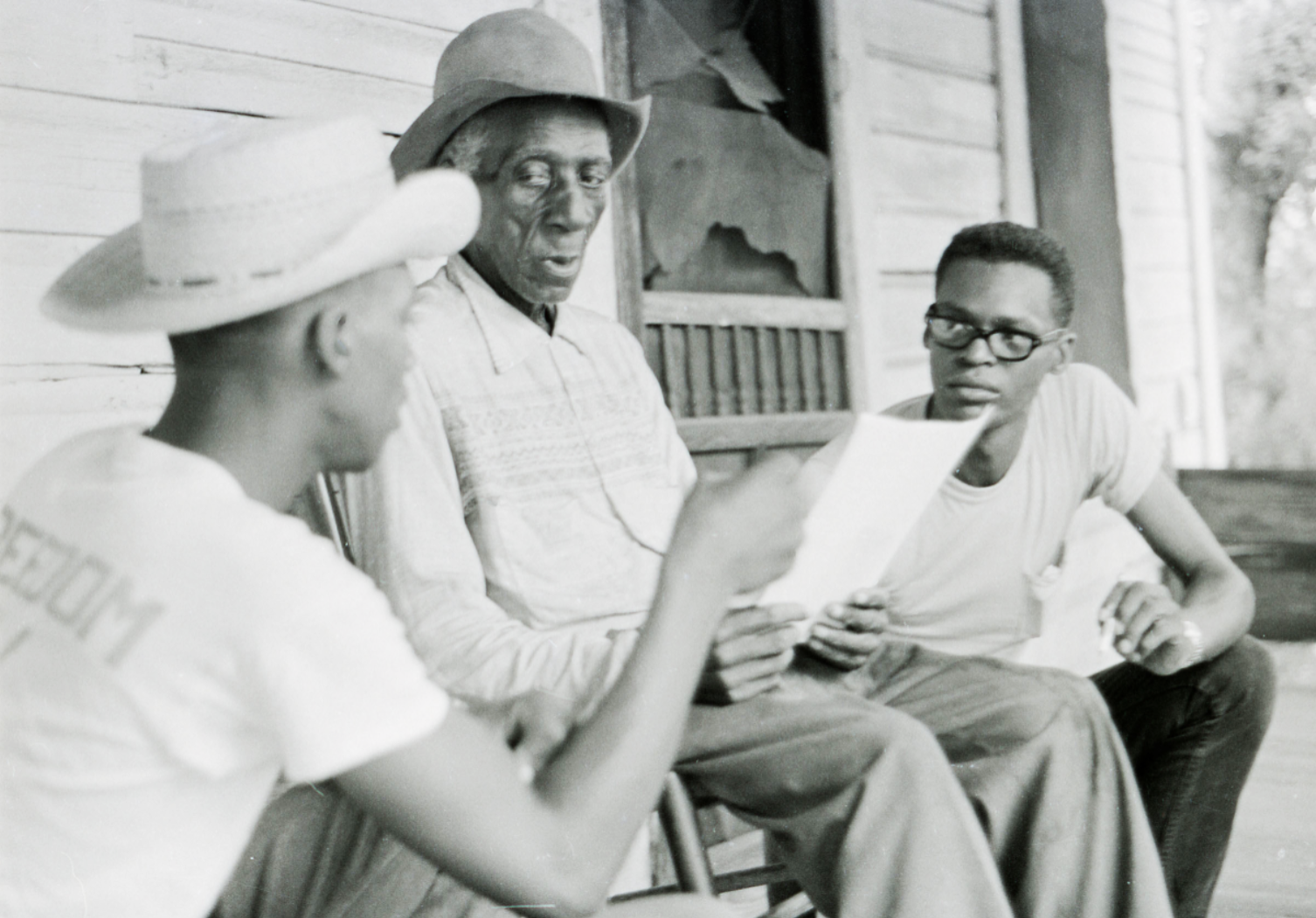
Introduction: Voting Rights
Learning the full history of the fight for voting rights is especially important today, in light of the 2013 Shelby v. Holder U.S. Supreme Court decision that struck down the 1965 Voting Rights Act provisions requiring certain states to obtain federal preclearance before changing voting laws.
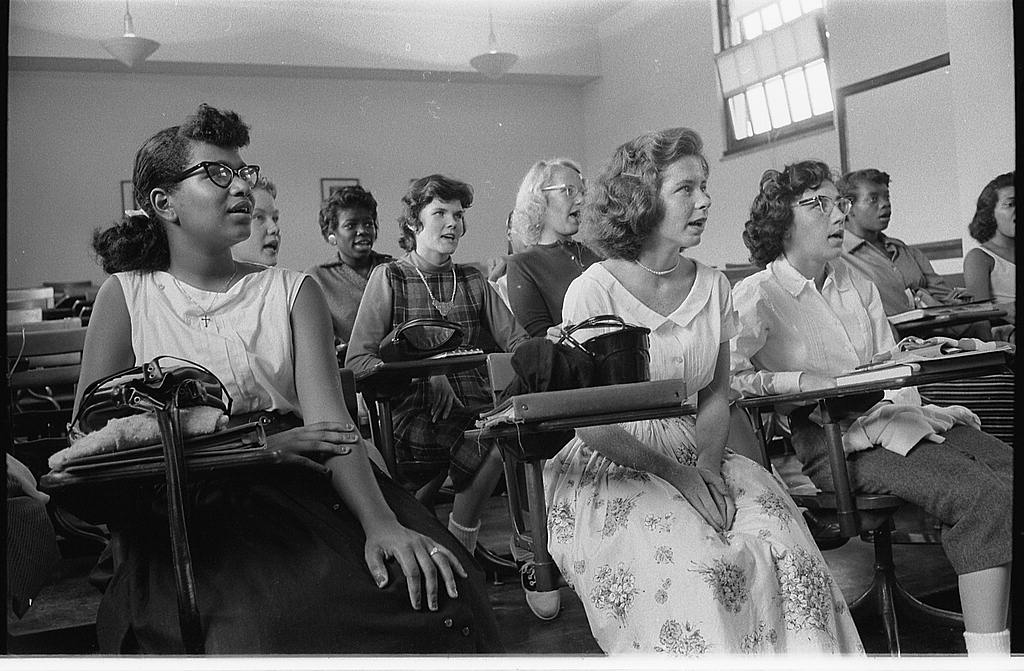
Introduction: Desegregation
Introduction
Throughout U.S. history, communities of color fought for their right to equal access and for human dignity and equity. Desegregation in public schools, transportation, and other accommodations was more than court cases and legal victories. Desegregation was a long struggle led by students, parents, and every day citizens. . . . They were not interested in integration, or the desire to mingle socially or otherwise with whites, but to break and reconstruct institutions that forced people of color into positions of poverty, illiteracy, and political powerlessness.
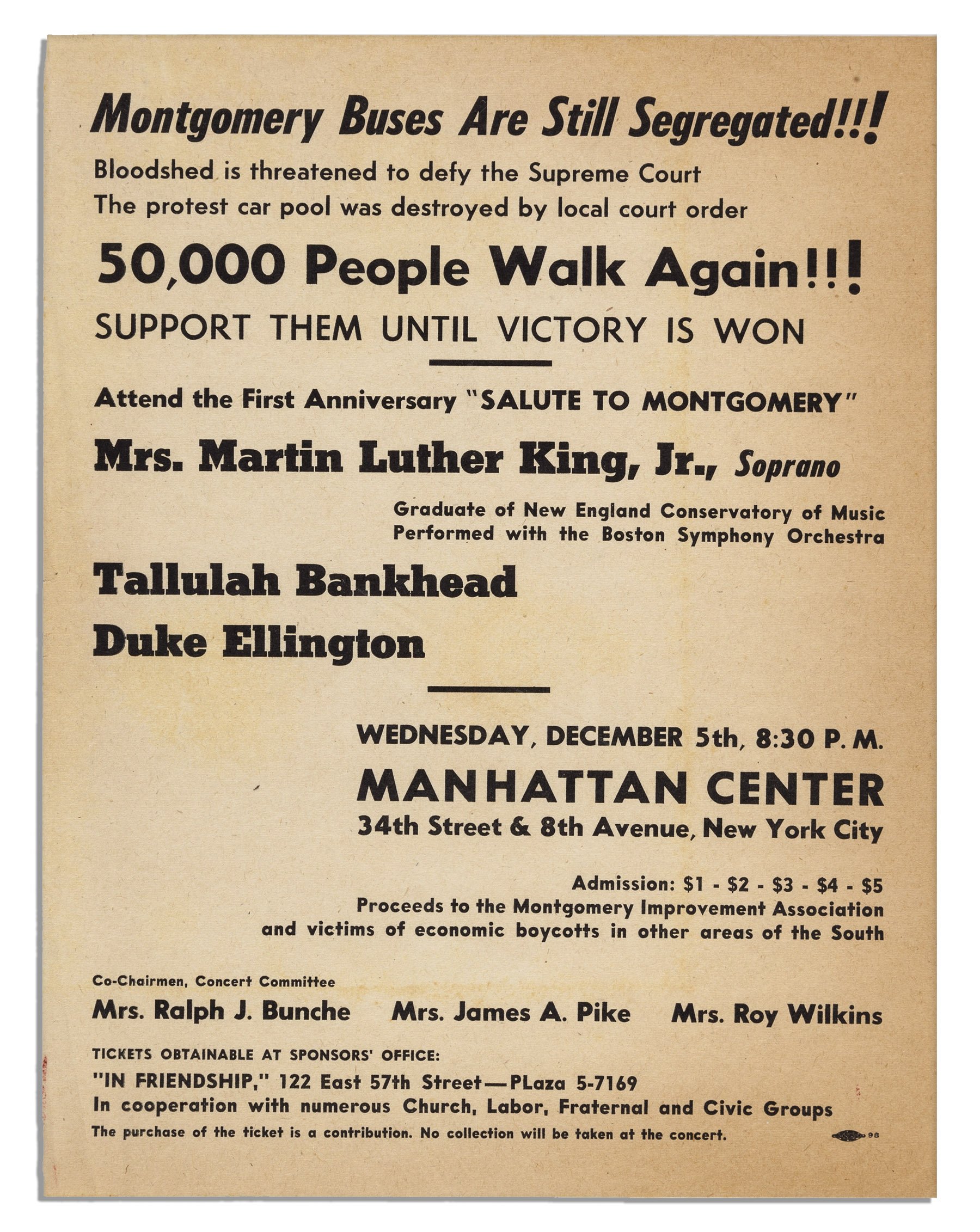
Montgomery Bus Boycott Mythbuster Quiz
Quiz by Teaching for Change
Students are often taught the simplistic narrative that Rosa Parks refused to give up her seat in Montgomery, the buses were desegregated, and the Civil Rights Movement was launched. This quiz helps surface and challenge many of the myths about the boycott.
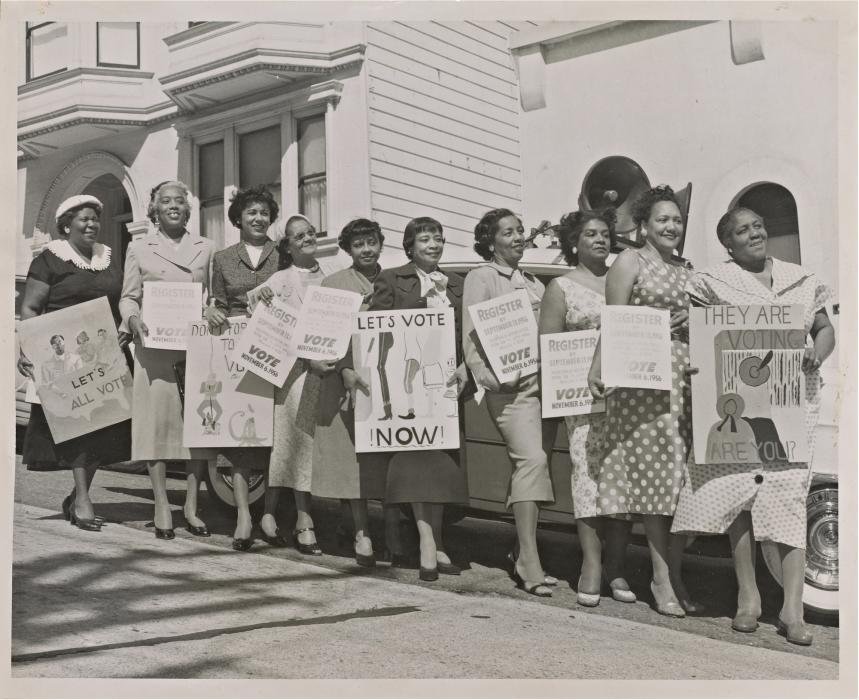
Voting Rights History Quiz
Quiz by Teaching for Change
We’ve all seen the iconic image of President Lyndon Johnson signing the Voting Rights Act of 1965. But what do we know of the history that led to the signing of the legislation? This quiz can challenge assumptions, deepen understanding, and inspire further learning about the voting rights struggle.

Civil Rights Movement Mythbusters Quiz
Quiz by Teaching for Change
Through this quiz, and the answers that appear after each question, participants learn some of the history of the Civil Rights Movement that is all too often omitted from the textbooks.
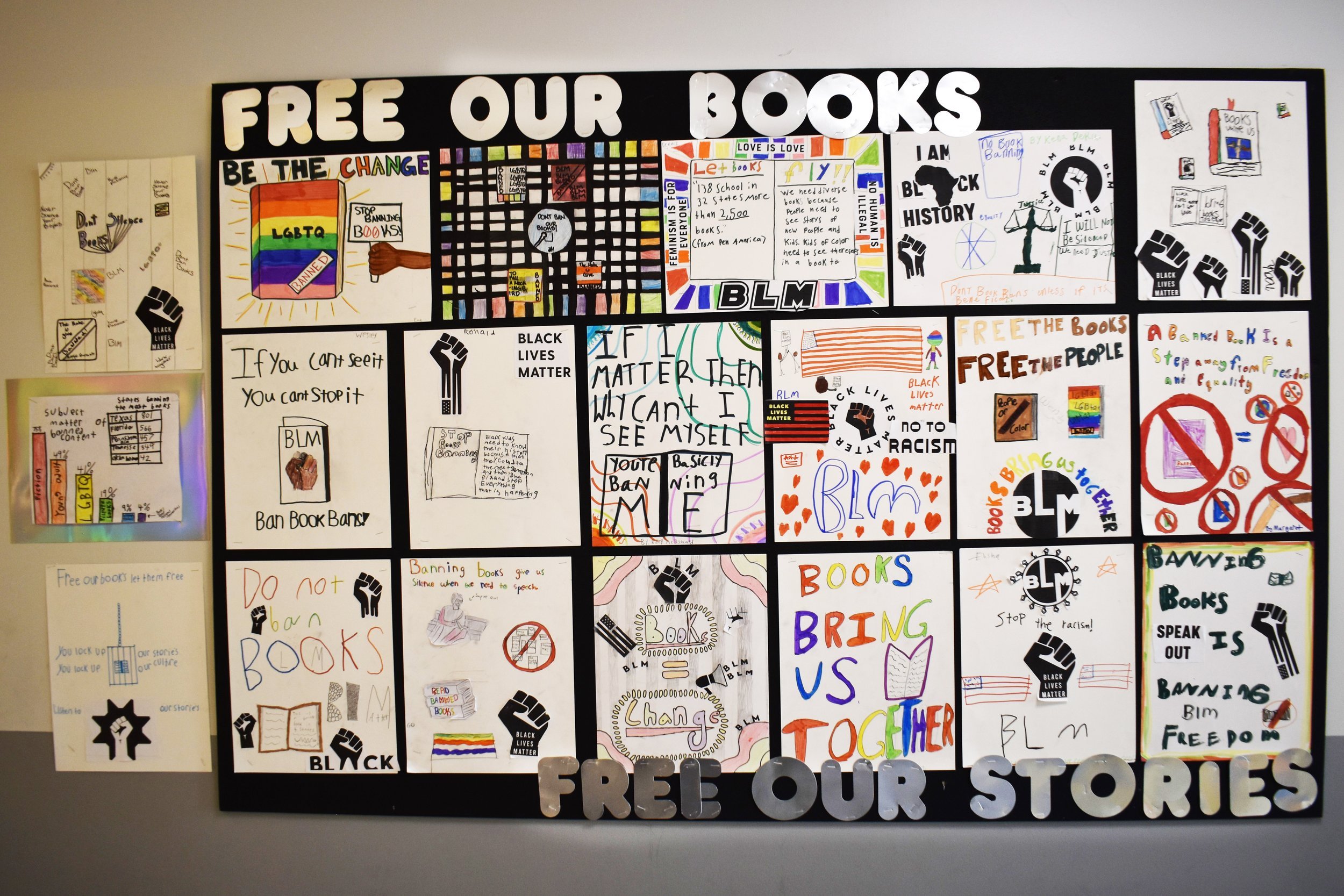
“Free Our Books” Say 4th Graders After Studying Representation and Book Bans
Teaching Story by Allison Fletcher Acosta
As part of the Black Lives Matter at School Week of Action at Inspired Teaching Demonstration PCS, 4th graders studied the importance of representation in books and the book bans that have been escalating throughout the country since 2021.
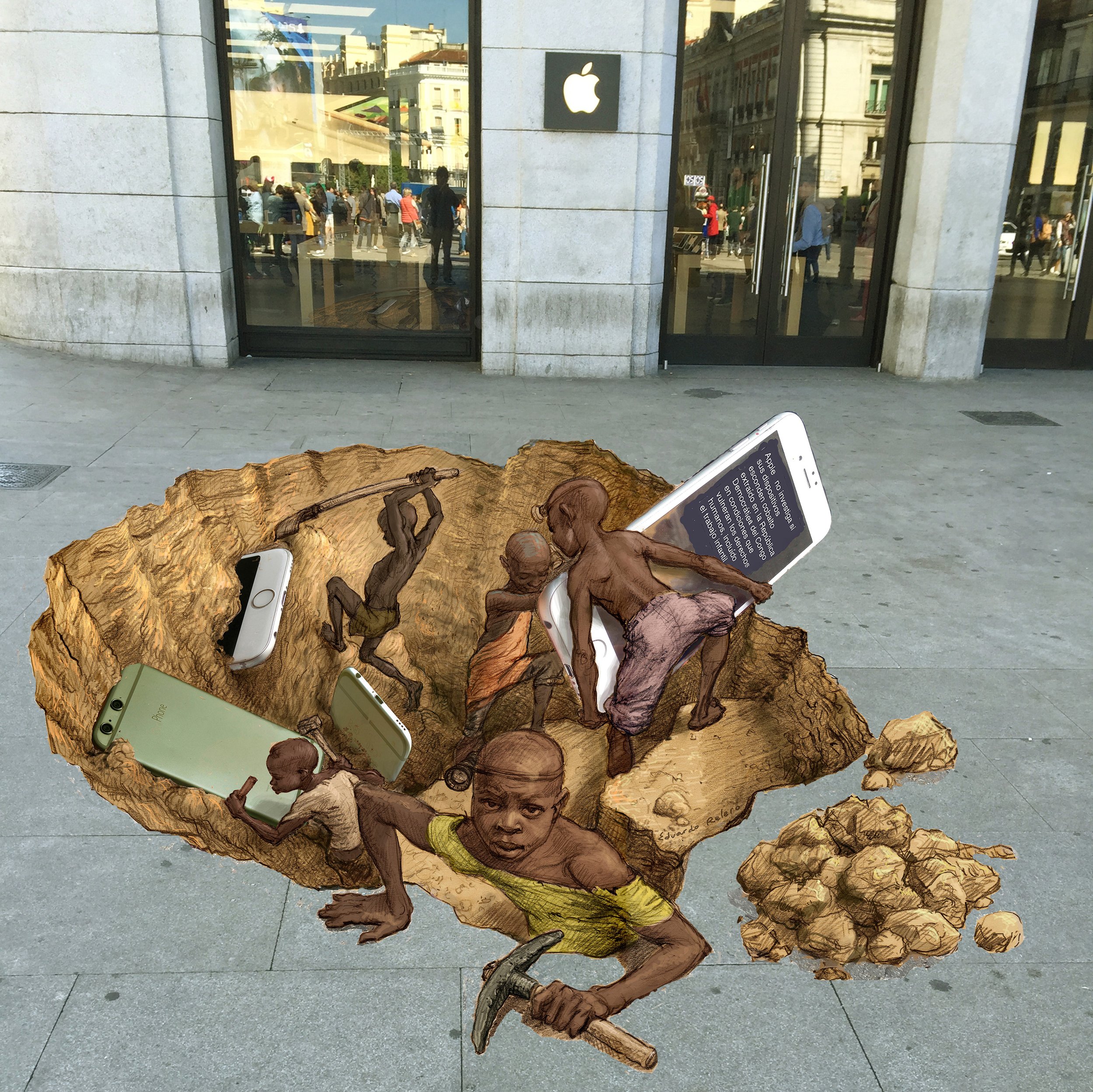
Congo, Coltan, and Cell Phones: A People’s History
Lesson by Alison Kysia
More than 5 million people have been killed in Democratic Republic of the Congo since the late 1990s. Just as the bloodshed of the colonial period was financed by highly lucrative natural resources like rubber, the violence today is likewise fueled by natural resources, including coltan, a mineral required for cell phone production. This role play activity allows students to look back at Congo’s history and see the connections between the brutality of colonialism and the contemporary injustice in Congo.
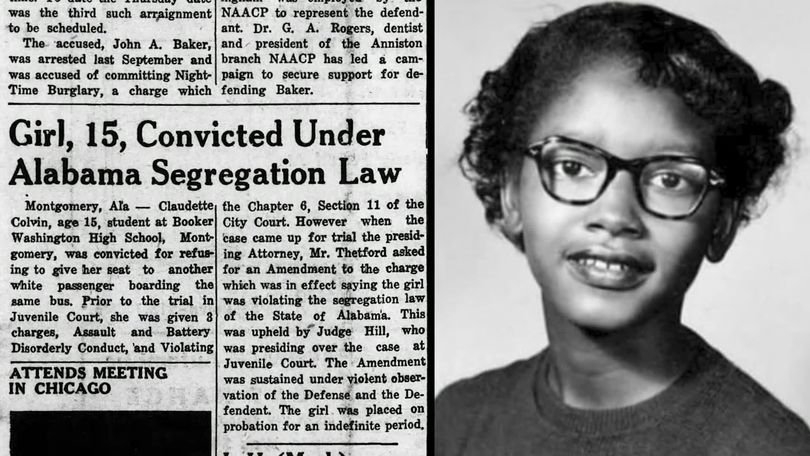
Claudette Colvin Goes to Work
Reading by Rita Dove
Poem about Claudette Colvin
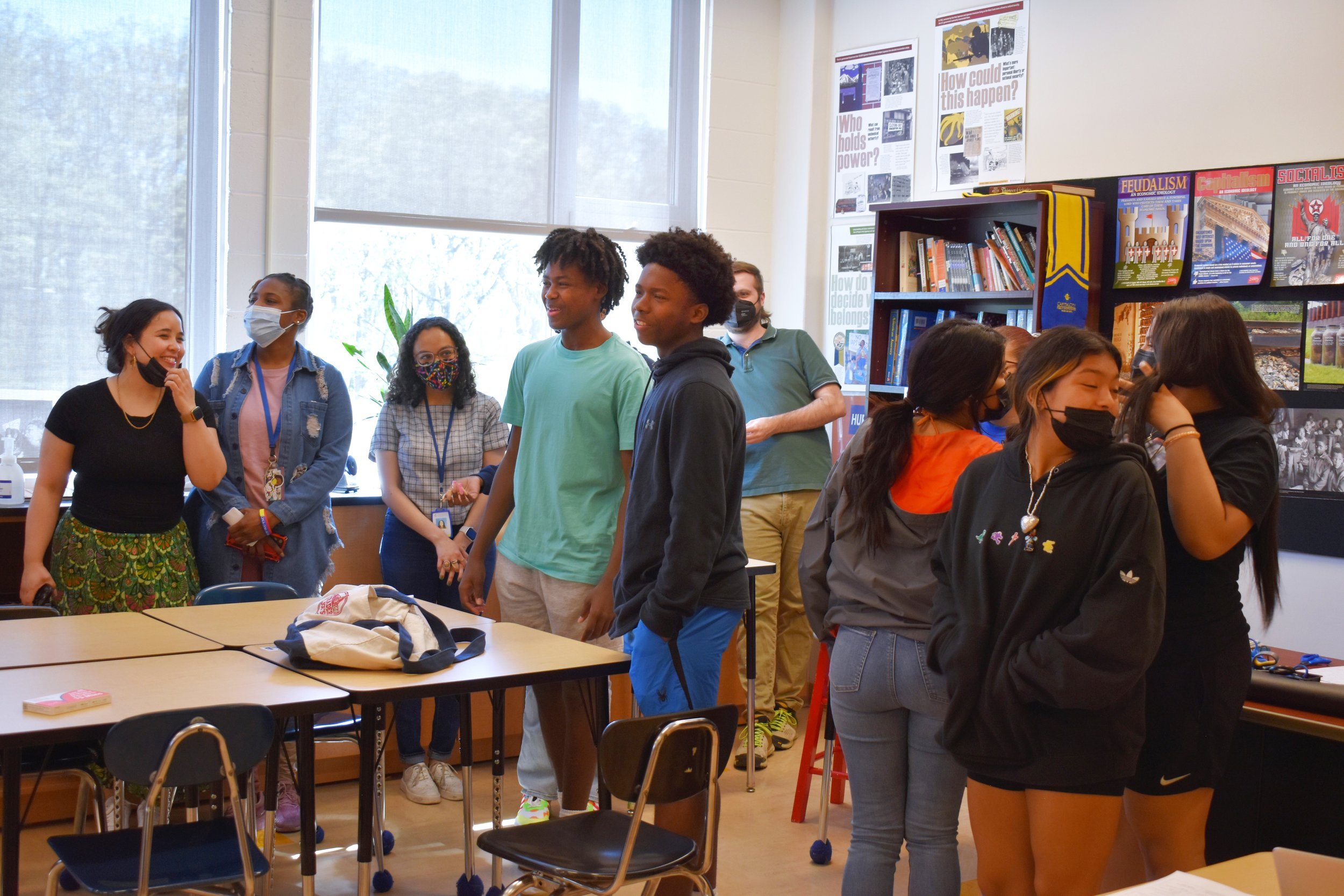
High School Students Lead Interactive Youth Justice Summit
Teaching Story by Erika Landberg and Vanessa Williams
The annual Youth Justice Summit at Capital City PCS in Washington, D.C. included six sessions of youth-led workshops on a variety of social justice topics including book banning, the impacts of gentrification, gun violence, disability and policing, and climate justice.

The Influence of Musical Folk Traditions in the Poetry of Langston Hughes and Nicolás Guillén
Lesson by Kathryn Gray
Langston Hughes and Nicolás Guillén were both young men of African descent born in 1902 who wrote poetry concerned with racial and class issues. One was raised in Cuba, the other in the United States, one in Spanish, the other in English and both had parents of mixed racial descent. In this unit, students explore how the two poet friends share a pattern of using musical influence in their poetry.
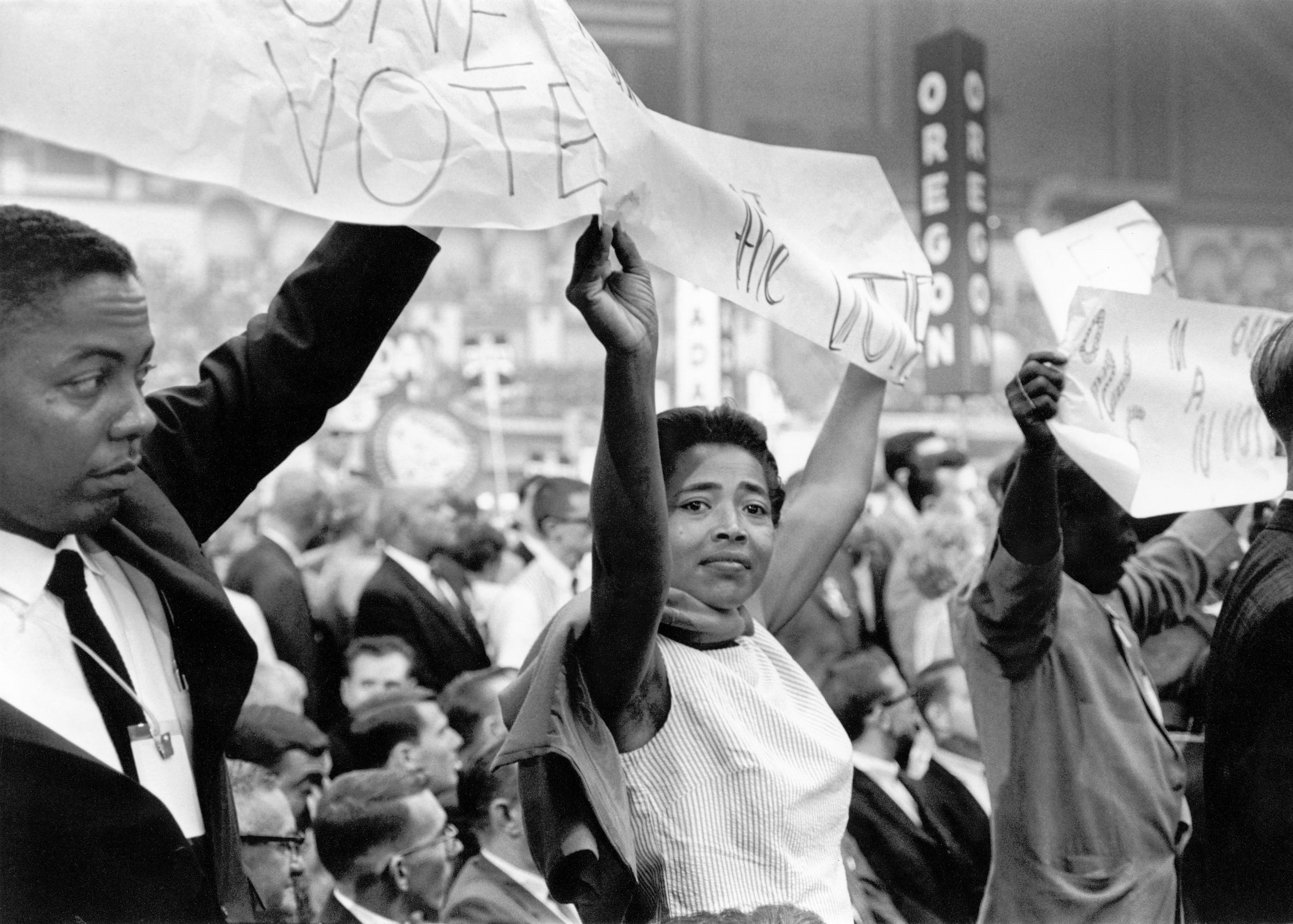
Freedom Now: The Civil Rights Movement in Mississippi
Lesson by the Choices Program of Brown University
This curriculum explores the history of the civil rights movement at a local level. Mississippi was one of the most racially divided states in the South. It symbolized the oppression and violence of white supremacy, and the strong Black movement that rose up in response. The unit is divided into three parts. Each part includes:
